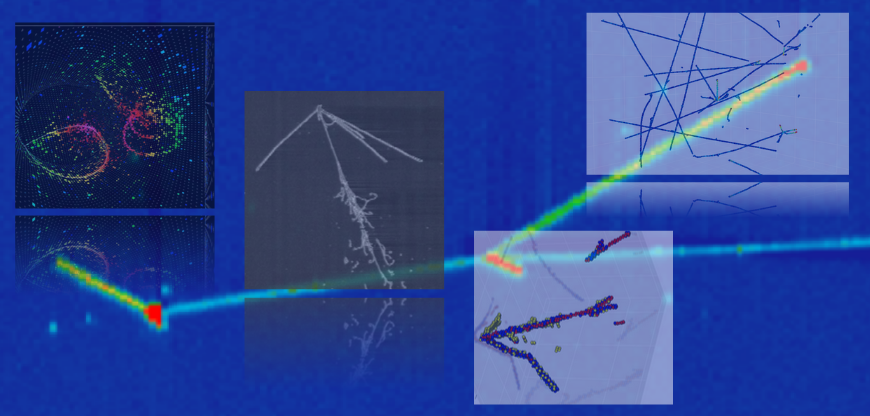We present what to our knowledge is the first sensor-level foundation model (FM) for neutrino detectors, trained directly on simulated 3D LArTPC charge data without manual labels. The goal is simple: build a scalable model that learns the underlying physics automatically from data, then adapts to event reconstruction, PID, calibration, and other tasks using only a small labelled sample. I will...
The FASERCal detector, proposed as an off-axis neutrino detector for the FASER experiment to operate during LHC Run 4, will produce sparse, 3D voxelized data, demanding advanced deep learning for neutrino event reconstruction. We present a hybrid architecture that uses a Sparse Submanifold Convolutional Network (SSCN) to efficiently tokenize voxel hits into patch embeddings. These are...
Given the challenges in LArTPC event reconstruction, we have taken the first steps towards creating an end-to-end inference pipeline to go from 2D images to event properties. Inspired by the success of denoising diffusion probabilistic models (DDPMs), we have developed a method of conditionally generating 2D LArTPC images. By utilizing a modified latent diffusion model, we have demonstrated...

